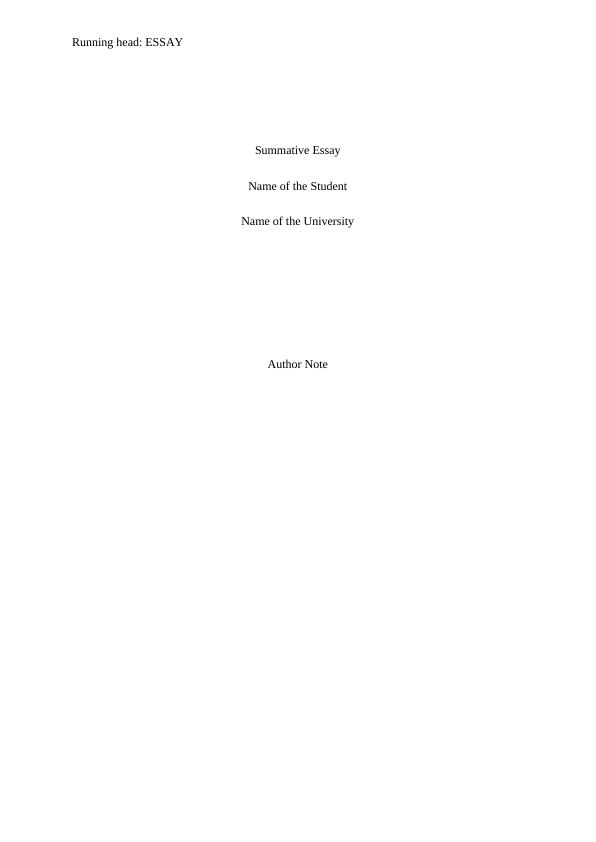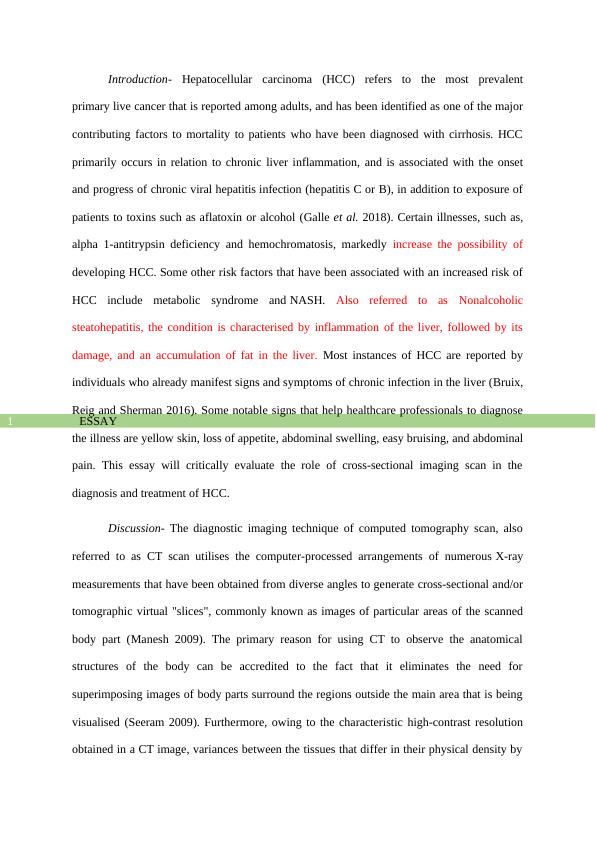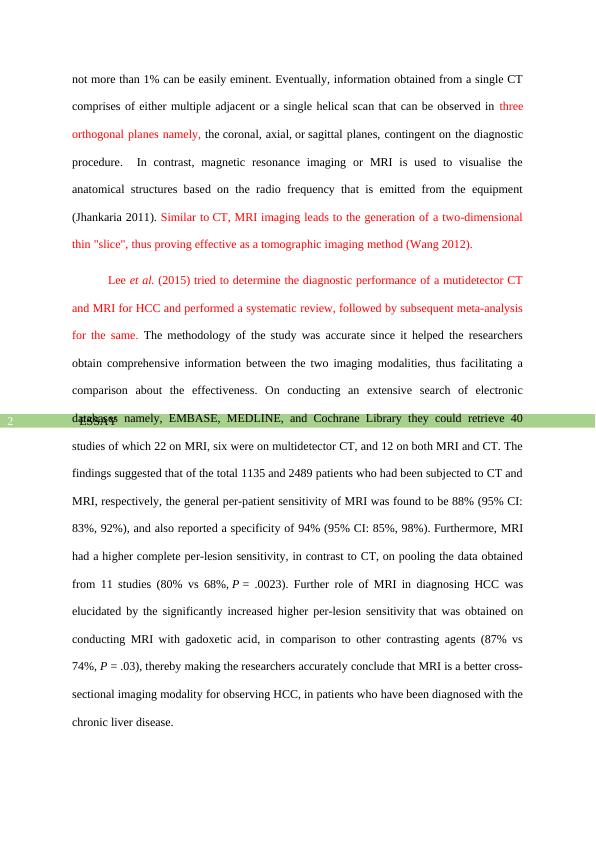Role of Cross-Sectional Imaging in Diagnosis and Treatment of Hepatocellular Carcinoma
Critically evaluate the role of cross-sectional imaging in imaging/treatment planning for a pathology of heart disease and create a poster based on a case study using cross-sectional imaging to aid the diagnosis and management of heart disease.
17 Pages4138 Words100 Views
Added on 2022-11-19
About This Document
This essay critically evaluates the role of cross-sectional imaging scan in the diagnosis and treatment of Hepatocellular Carcinoma (HCC). It discusses the diagnostic imaging techniques of computed tomography scan and magnetic resonance imaging, and their effectiveness in observing HCC. The essay also highlights the significance of CT scan in predicting microvascular invasion of HCC and the efficacy of MRI in detecting microvascular invasion in HCC.
Role of Cross-Sectional Imaging in Diagnosis and Treatment of Hepatocellular Carcinoma
Critically evaluate the role of cross-sectional imaging in imaging/treatment planning for a pathology of heart disease and create a poster based on a case study using cross-sectional imaging to aid the diagnosis and management of heart disease.
Added on 2022-11-19
ShareRelated Documents
End of preview
Want to access all the pages? Upload your documents or become a member.
Principles of Computed Tomography
|18
|4870
|20




